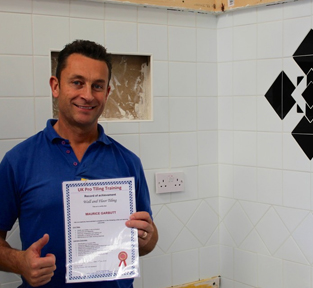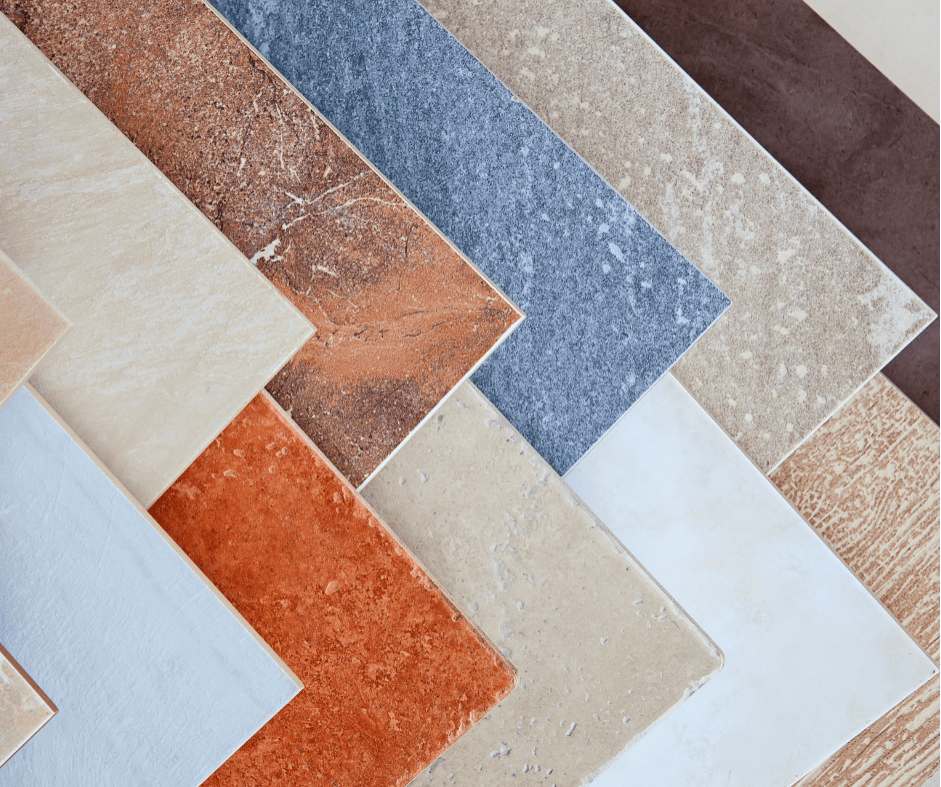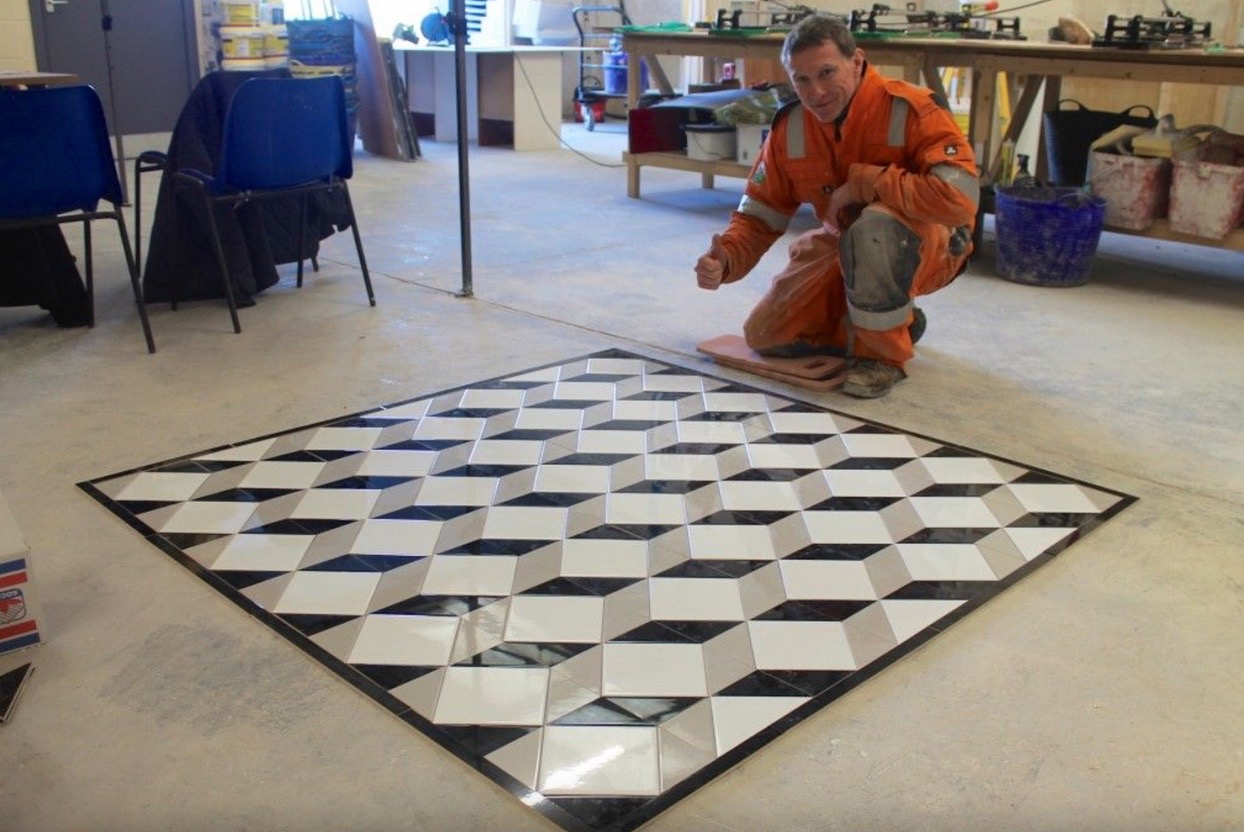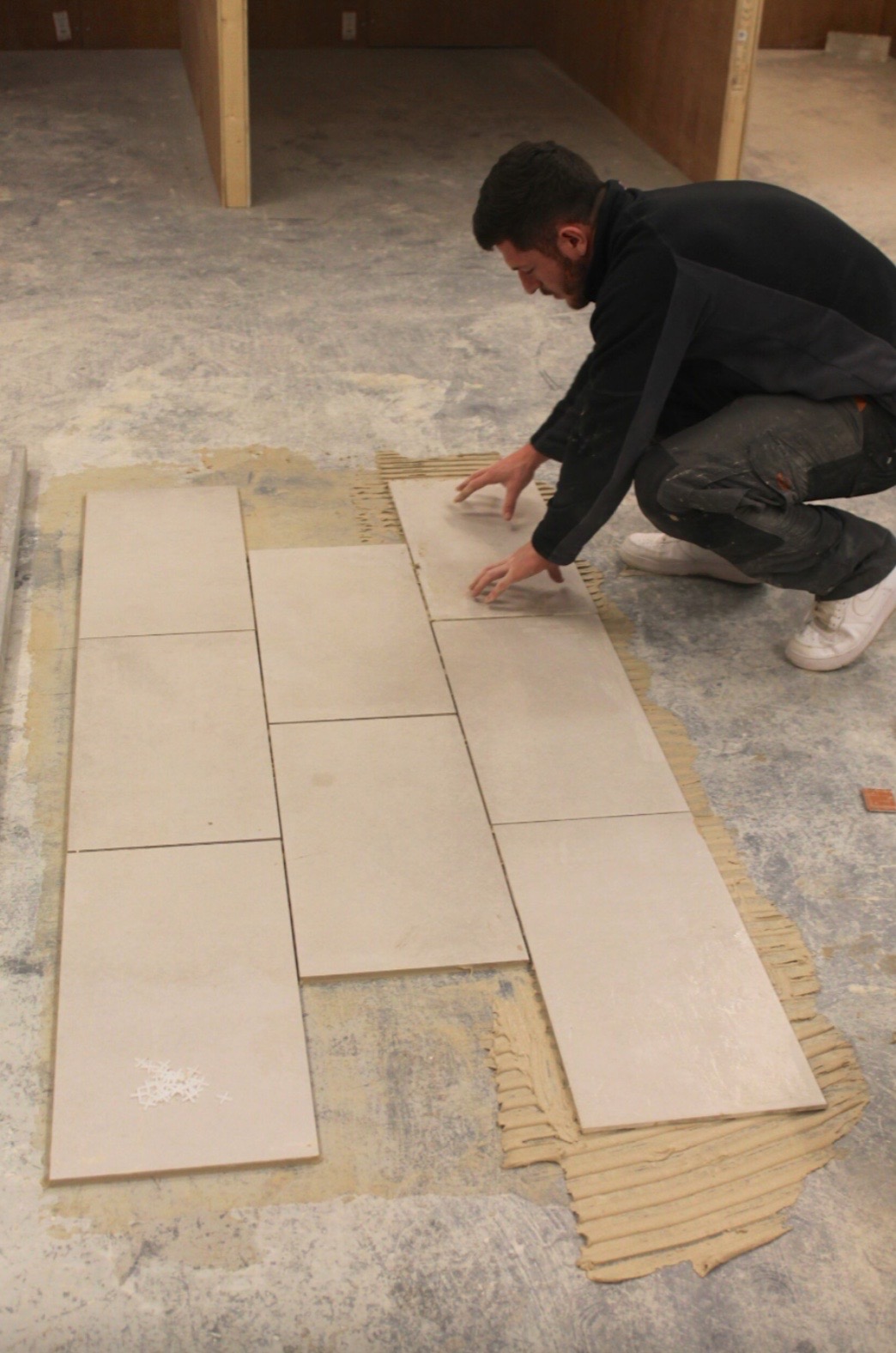A Brief Guide to 6 Common Tiling Patterns
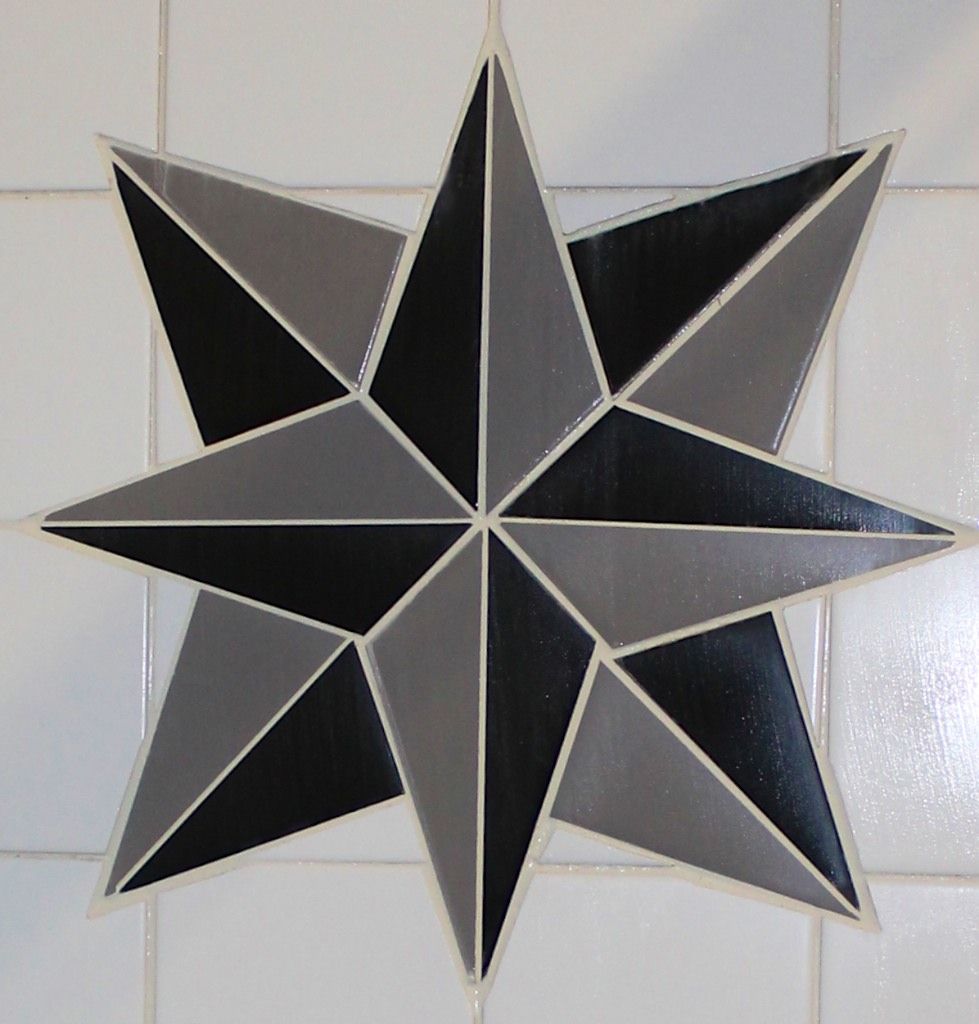
When you begin training as a tiler, you’ll come across a range of common tiling patterns. In fact, you’ll probably recognise a few of the following tiling patterns whether you are a professional tiler or not.
On our tiling training courses at UK Pro Tiling Training, we cover all the essential elements of tiling, including many tiling patterns you may come across in your career.
Take a look at some of the common tiling patterns below:
The straight lay tiling pattern
The straight lay is the simplest of tiling patterns and looks great in a range of homes. It is a brilliant tiling pattern to master when you first start tiling. That said, it is important to concentrate on creating clear, well-grouted lines to differentiate between a DIY and professional tiling job.
The straight lay tiling pattern works well with a range of tiles and property styles, it doesn’t matter what colour the tiles are or where they are going to be laid, the straight lay tiling pattern never fails to look sleek and impressive, when tiled flawlessly, of course.
The diagonal/diamond tiling pattern
The diagonal, or diamond-shaped tiling pattern is another simple tiling pattern to install in many properties and can, in fact, make rooms look wider.
The diagonal shape of the tiles tricks your eye gaze towards the tile borders, subtly making the room look wider.
In addition, professional tilers may want to suggest to customers that the diagonal tiling pattern works well alongside other tiling patterns, particularly when applied as a border.
Opus Pattern or random
The opus pattern is made up of 4 or 5 different size tiles that can be laid totally random or follow a repeat, tile sizes are usually 150 x 150, 300 x 300, 450 x 450, 600 x 300 and 600 x 600.
All the sizes fit together as they are all multiples of the 150 x 150, it looks a complicated pattern to work out where to start but its quite easy once you have a plan to follow and use the correct setting out methods.
The brick tiling pattern
The brick tiling pattern is also referred to as the running bond, or offset tiling pattern, and is another tiling method that makes a room look wider. What’s more, it works well as both floor and wall tiling.
The brick tiling pattern pretty much speaks for itself, it has a brick-like appearance and forms a pattern just like brickwork on a property’s exterior.
The herringbone tiling pattern
In our opinion, the herringbone tiling pattern does indeed appear to have a fish-like appearance! When you use your imagination, you could see how the pattern could roughly reflect the scales of a fish skin.
In a more technical sense though, the herringbone features small, rectangular tiles lined up in a parallel line at a 45-degree angle, with another row of tiles lined up in a mirror image next to them.
The checkerboard tiling pattern
Not for the faint-hearted, the checkerboard tiling pattern is simple to install but can overpower a room. It basically features tiles in the straight lay pattern, with alternating colours.
More tiling patterns
During your career as a tiler, you will no doubt come across a range of different tiling patterns throughout your working life.
You’ll also come across many tiling patterns during our professional tiling courses at UK Pro Tiling Training. More tiling patterns include: The pinwheel pattern and the French pattern. Sound interesting, right?
Contact us at UK Pro Tiling Training
If you would like to find out more about tiling patterns, or indeed anything else about our tiling courses, please contact us at UK Pro Tiling Training, www.tiling-courses.co.uk
